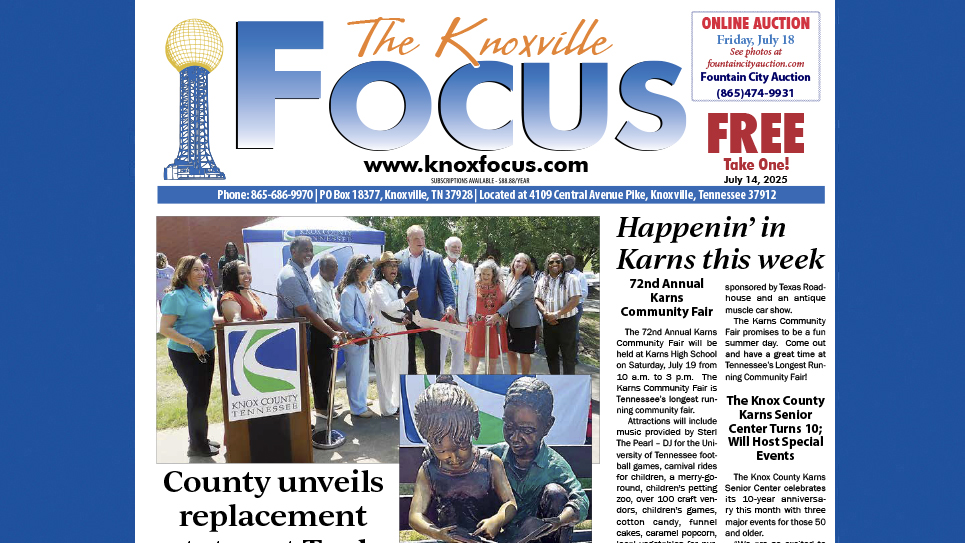By Mike Steely
Did you know that Fort Loudoun in Vonore was the first British outpost on the west side of the mountains? The fort, built in 1759, was in the middle of the Overhill Cherokee Towns and was abandoned by the British whose march back to the colonies ended in tragedy.
There’s lots of history in the fort, which has been reproduced just above its original location, and you can spend a Sunday afternoon learning of the events there in a talk by a National Park Ranger. The talk is planned for Sunday, January 19 at 1 p.m. at the fort.
The tour, which starts at the Visitor’s Center and Museum, is not merely a study of architecture though. The past will be revisited as you learn how the fort’s location was determined, how the Little Tennessee River impacted all who lived within its valley, and how constant the challenge was to supply such a remote location.
Together you will step back in time to experience Fort Loudoun on a more personal level, examining the lives of those who both thrived and struggled within the walls of this wilderness outpost.
The old fort was originally located downhill from the site but was flooded by the waters of the Tellico Lake. When the British were asked to leave in 1760 an agreement with the Cherokee promised that the soldiers would not take anything from the fort. The tribe entered the fort after the soldiers began marching off and found that the British had violated the agreement.
The marchers were followed and attacked, many of them killed near Cane Creek, about 15 miles from the fort. Some of the soldiers were captured and later released and some chose to stay with the Cherokee. The tribe destroyed the fort and only in modern times were some of the fort’s cannons rediscovered. In 1963 Richard Myers found one of the lost cannons in the area of the former Chota Village.
Fort Loudoun State Historic Park is located just an hour or so south of Knoxville. You can take Highway 411 south from Maryville or take I-75 South to Sweetwater. In Sweetwater turn south on Highway 68 to Highway 411.
You can also find Fort Loudoun on the internet and Facebook, but there’s nothing like a visit there. Although it isn’t like the original fort that site was surveyed before the lake rose and the ground, walls, and buildings were duplicated.
Nearby Fort Loudoun is the Sequoyah Birthplace Museum which gives you the Cherokee prospective of history.






